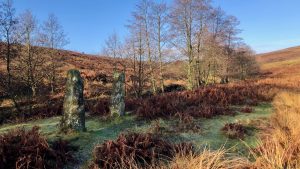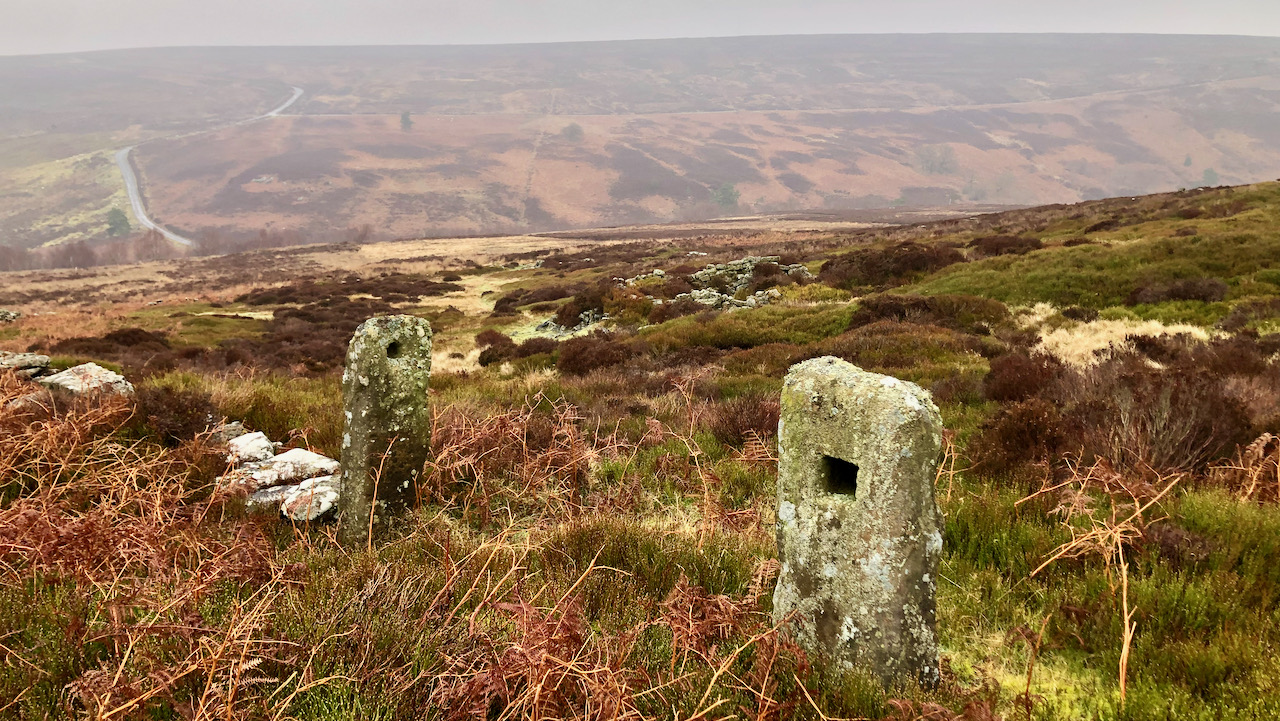In the 17th through to the 19th centuries, Yorkshire’s coast was notorious for smuggling, and today, places like Saltburn, Staithes, and Whitby all have their smuggling attractions and yarns.
They had this intricate operation going on, and it was no secret — everyone knew about the ‘coopering’ business in the North Sea. Dutch ships, sailing under the cover of night, would peddle their illicit wares – liquor, tobacco, and cigars – to the local fishermen, especially those chasing herring1‘Smuggling in the North Sea. | the People | Sunday 21 September 1884 | British Newspaper Archive’. 2024. Britishnewspaperarchive.co.uk <https://www.britishnewspaperarchive.co.uk/viewer/bl/0000729/18840921/022/0003> [accessed 6 March 2024]. These seafaring folks, in the shadows of the night, would discreetly load up on these goods alongside their legitimate catches. It was a crafty way to dodge taxes and sell the smuggled stuff on the cheap. The authorities, well aware of this underhanded game, couldn’t quite put a stop to it. The smuggled goods might have been rubbish, but that didn’t deter folks from snapping them up.
The contraband didn’t just stay in the coastal villages; it made its way inland to the secluded dales of the North York Moors. Word has it that smugglers, as late as 1795, used one such route to move their goods inland.

Long-forgotten paths from the coastal villages converged not far from White Cross2‘A Smugglers’ Retreat. | Whitby Gazette | Friday 24 January 1908 | British Newspaper Archive’. 2024. Britishnewspaperarchive.co.uk <https://www.britishnewspaperarchive.co.uk/viewer/bl/0001103/19080124/045/0003> [accessed 6 March 2024]. They traversed the moors, slipped into the enclosed land near Commondale railway station, likely following the modern Public Bridleway. Crossing Commondale Beck near the old deserted Diving Duck (originally Bleach Mill Farm), the route ascended to Westgate Farm. It crossed over Kempswithin for about two miles, eventually dropping down to cross Baysdale Beck just upstream of the present-day Hob Hole ford. If you look closely, you might spot remnants of an ancient bridge’s stonework, tangled in tree roots. Nearby, two stone posts stand as a testament to the bygone days, when the route was strictly for pack animals and pedestrians.
Half a mile onward and up to Little Hograh Moor, you stumble upon the remains of an old house and enclosure, now covered by heather — Gin Garth. This was the haunt of those sly smugglers, with their agile steps and sturdy frames, where they stashed their contraband kegs, giving the place its name.
Gin Garth likely served as a storage spot before the goods ventured further into the neighbouring dales of Farndale, Rosedale, and Danby, and the surrounding districts.
Historical maps mark Gin Garth as a ruin nestled in the heart of a small enclosure named Jane Frank Garth3House and enclosure at Gin Garth NYM NP HER No: 3516.. Apparently, it would have been thatched and stood its ground well into the 20th century. An archaeological dig in the 1950s uncovered a stone-built hearth and fragments of post-medieval pottery. Nearby, a medieval bloomery was discovered, believed to predate the house and enclosure4Bloomery at Gin Garth NYM NP HER No: 3517..
Now, Gin Garth might not be the most glamorous exhibit on the moors, but there’s something intriguing about the struggle against wild nature to cultivate this remote spot on the moors. There’s also a touch of romance to be salvaged from the all-consuming materialism we’re surrounded by, as we reflect on the exploits of those audacious, law-dodging smugglers from two and a half centuries ago.
- 1‘Smuggling in the North Sea. | the People | Sunday 21 September 1884 | British Newspaper Archive’. 2024. Britishnewspaperarchive.co.uk <https://www.britishnewspaperarchive.co.uk/viewer/bl/0000729/18840921/022/0003> [accessed 6 March 2024]
- 2‘A Smugglers’ Retreat. | Whitby Gazette | Friday 24 January 1908 | British Newspaper Archive’. 2024. Britishnewspaperarchive.co.uk <https://www.britishnewspaperarchive.co.uk/viewer/bl/0001103/19080124/045/0003> [accessed 6 March 2024]
- 3House and enclosure at Gin Garth NYM NP HER No: 3516.
- 4Bloomery at Gin Garth NYM NP HER No: 3517.

Leave a Reply